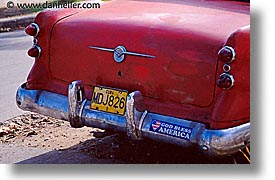
Norm Wilding probably did not like the Suzuki B-King very much, so he decided to build his own Hayabusa-powered naked musclebike. And he seems to have done well...!


Pics: MidMoMc, via Motoblog
This very hot looking Kawabusa II special is the work of one Norm Wilding, at MidMoMc. The starting point for the bike was a 2003 Kawasaki ZRX1200R, which is where the chassis comes from. Everything else � including the engine, wheels, brakes, suspension and swingarm � are off a 2005 Suzuki Hayabusa.
This is, in fact, Wilding�s second Kawabusa, with significant improvements having been made to the original. Apart from various mechanical modifications, the bike benefits from various bolt-ons: carbonfibre front fender and rear hugger, gauges/instruments from a Suzuki GSX1400, headlight from a Suzuki Bandit, Renthal handlebars, BF Goodrich braided stainless steel brake lines, oil cooler and tail unit from a GSX-R1000, Yoshimura exhaust system and a Power Commander.
�I built this bike because I love the power of the Hayabusa, and the upright riding position of the ZRX. The Kawabusa II sure is a blast to ride,� says Wilding. But of course�
This is, in fact, Wilding�s second Kawabusa, with significant improvements having been made to the original. Apart from various mechanical modifications, the bike benefits from various bolt-ons: carbonfibre front fender and rear hugger, gauges/instruments from a Suzuki GSX1400, headlight from a Suzuki Bandit, Renthal handlebars, BF Goodrich braided stainless steel brake lines, oil cooler and tail unit from a GSX-R1000, Yoshimura exhaust system and a Power Commander.
�I built this bike because I love the power of the Hayabusa, and the upright riding position of the ZRX. The Kawabusa II sure is a blast to ride,� says Wilding. But of course�











































